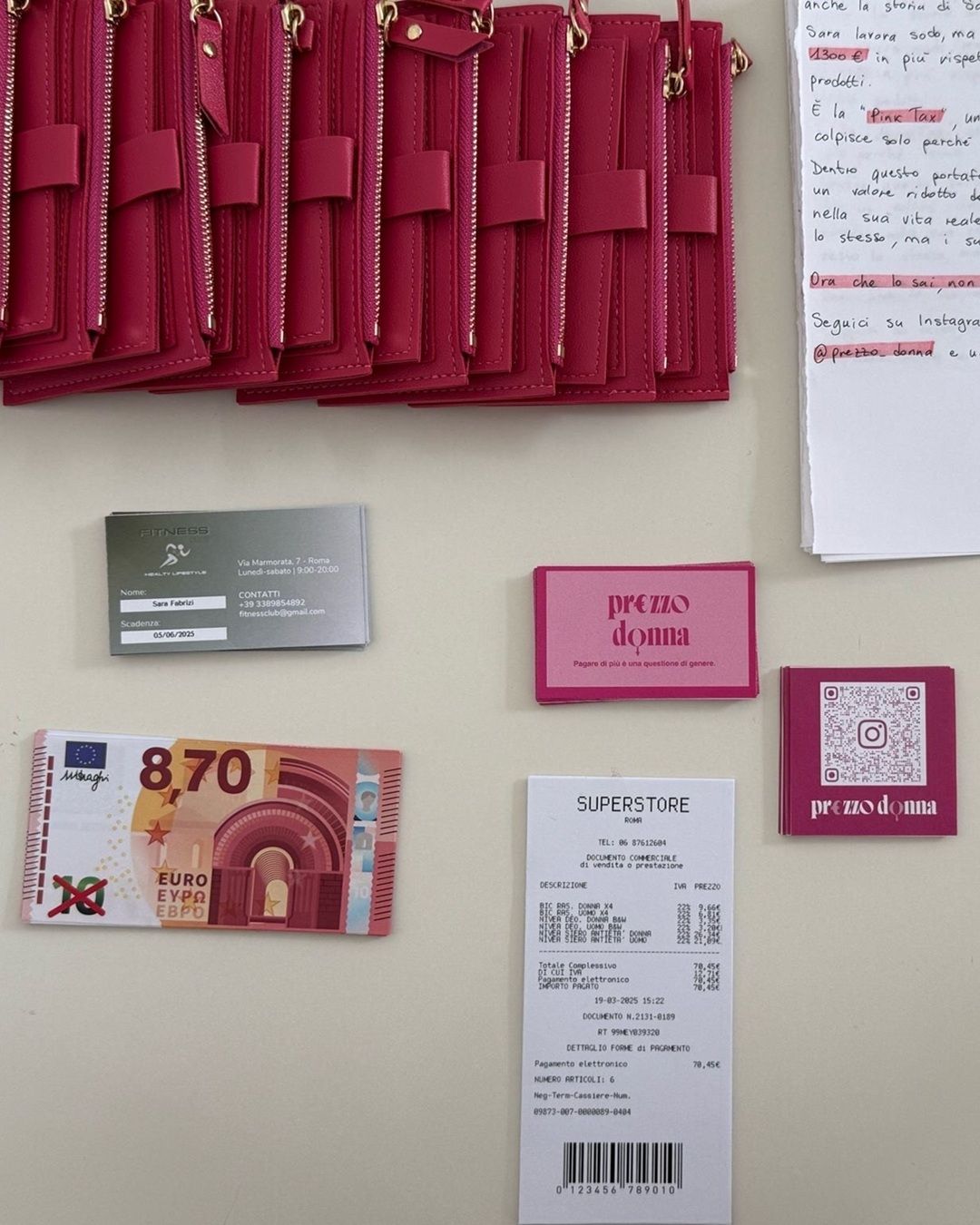
123 years to gender equality: the global gap slows down, and Italy lags behind Welfare, leadership and culture are the levers to close the gap
Despite some positive signs, the new Global Gender Gap Report 2025 from the World Economic Forum shows a world still far from achieving balance between men and women. And Italy, though climbing two spots, remains in the rear.
Gender gap in Italy
Slow progress: only 68.8% of the global gender gap closed
The good news is that the global gender gap has slightly narrowed: in 2025, according to the Global Gender Gap Report by the World Economic Forum, we reached 68.8% overall gender parity across 148 countries, an improvement from 68.4% in 2024. The bad news? At this pace, it will still take 123 years to fully close the gap. The most significant improvement was seen in the political and labor sectors, with small but important advances: political empowerment rose from 22.5% to 23.2%, and economic participation from 60.3% to 60.7%.
Iceland leads for the 16th year
For the sixteenth consecutive year, Iceland ranks as the country closest to gender equality, having closed 92.6% of its gap. It is followed by Finland, Norway, United Kingdom, and New Zealand. Eight of the top ten countries are in Europe, including Sweden, Germany, Ireland, and surprisingly, Moldova and Namibia, proving that a country doesn't need to be an economic superpower to advance gender rights.
Italy: slight improvement, but still last in Western Europe
Italy rose from 87th to 85th place, but the overall picture remains discouraging, especially compared to the rest of Europe. Italy's overall gender gap index score is 0.729, far from the 80% threshold exceeded by leading economies. The data shows a mixed performance:
- Education: strong performance with a score of 0.998 and a global ranking of 51st. Italian women are more educated than men.
- Health and life expectancy: also good, with a score of 0.966.
- Political participation: a score of 0.255 and a 65th-place ranking. Better than many countries, but still well below the European average.
- Employment and leadership: the true weak point, with a score of 0.599, placing Italy 117th globally. Only 28.8% of top positions are held by women, even though women make up 41.2% of the total workforce.
Equality as an economic driver
According to Saadia Zahidi, managing director at the World Economic Forum, investing in gender equality is strategic: "In a context marked by low growth, economic crises, and technological transitions, gender parity is a lever for making economies stronger, more resilient, and more innovative." Countries moving decisively toward gender equality are already seeing improved growth and competitiveness.
The Global Gender Gap: who's really improving?
Some countries made striking progress in just one year:
- Bangladesh jumped 75 spots to reach 24th place.
- Saudi Arabia, Mexico, Ecuador, and Ethiopia are cited as examples of economies that, despite difficult contexts, are effectively reducing the gender gap.
In contrast, those at the bottom include:
- Pakistan, Sudan, Chad, and Iran, with scores below 0.59.
- India dropped three positions to 131st, despite slight improvements in education and estimated income.
Gender and income: a less direct relationship than expected
Although it’s often assumed that wealthier countries are more equal, the report shows only a modest correlation between national income and gender equality.
On average:
- High-income economies have closed 74.3% of the gender gap.
- Upper-middle-income countries stand at 69.6%.
- Low-income economies are around 66%, but many are making faster and more consistent progress.
The report analyzes four key dimensions:
- Economic Participation and Opportunity: still the area with the greatest disparities, especially in leadership roles.
- Educational Attainment: nearing global parity, though secondary and higher education access remains limited in many countries.
- Health and Survival: globally improved, though gender-biased birth practices still skew results in some regions.
- Political Empowerment: the most unequal dimension, but also the one with the fastest progress.
What can Italy do?
To catch up, Italy must act boldly:
- Reduce wage and employment gaps: by promoting welfare policies, equally shared parental leave, and childcare services.
- Boost women’s access to leadership roles: both in politics and the private sector.
- Institutionalize gender equality education: from early schooling onward.
- Tackle legal and cultural barriers: recognizing that the obstacles are not only economic, but also social, cultural, and familial.
A fairer future is possible, but not guaranteed
The Global Gender Gap Report 2025 confirms that gender equality is not destiny, but a political choice. Countries that commit to structural reforms, targeted investments, and inclusive vision are moving forward. Those that stall - or rely on minor tweaks - will fall further behind. As for Italy? It has all the tools to do better. But it takes political will, strategy, and courage. Otherwise, even another 123 years won’t be enough.
























































